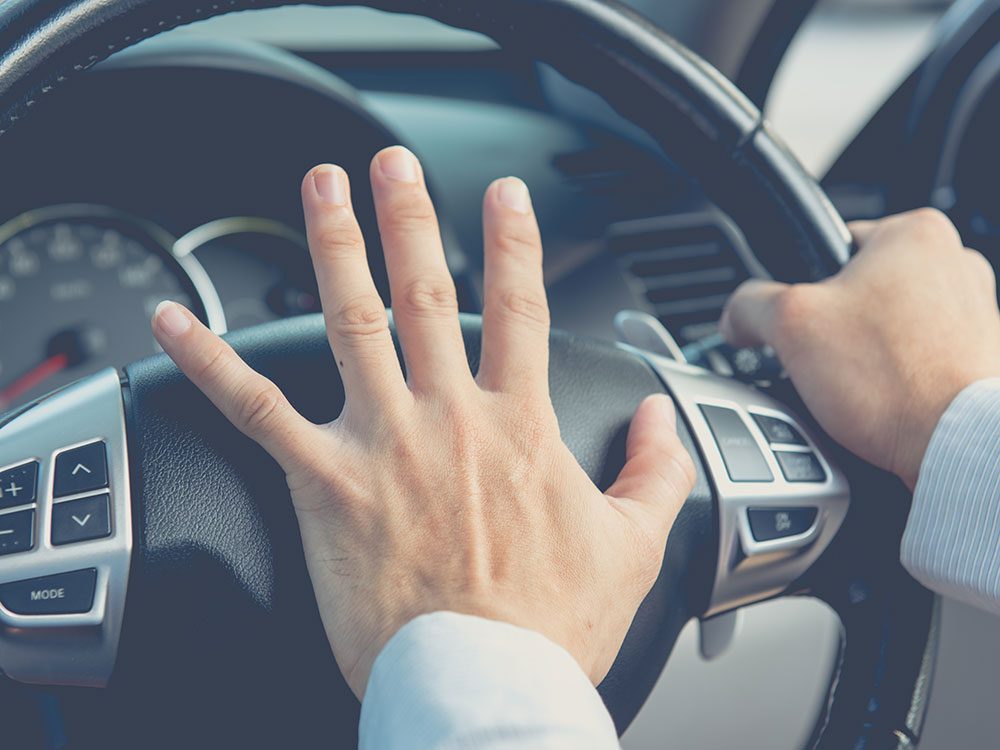How To Handle Road Rage And Aggressive Driving?

Road rage and aggressive driving are a growing concern on our roads today. It’s a dangerous behavior that can lead to accidents, injuries, and even death. As a driver, it’s important to learn how to handle road rage and aggressive driving to ensure your safety and the safety of others on the road.
What Are Road Rage And Aggressive Driving?
However, they are two different behaviors. Road rage is an aggressive and angry behavior exhibited by a driver towards another driver, pedestrian, or cyclist. It can range from verbal abuse and gestures to physical assault.
Aggressive driving, on the other hand, is driving behavior that endangers the lives of other road users. It includes speeding, tailgating, running red lights, and weaving in and out of traffic. It’s a common cause of accidents on our roads.
Why Do Drivers Exhibit Road Rage And Aggressive Driving?
There are various reasons why drivers exhibit road rage and aggressive driving. Some of the most common reasons include:
- Stress And Frustration: Drivers who are stressed or frustrated are more likely to exhibit aggressive driving behavior. This could be due to work-related stress, personal problems, or traffic congestion.
- Anonymity: The anonymity of being in a car can make some drivers feel invincible. They feel they can get away with aggressive driving behavior without facing any consequences.
- Impatience: Some drivers are simply impatient and don’t like waiting in traffic or at red lights. They may exhibit aggressive driving behavior to get to their destination faster.
- Poor Driving Habits: Some drivers have poor driving habits, such as speeding and tailgating, which can lead to aggressive driving behavior.
If you’re looking for driving lessons near you, it’s important to choose a reputable driving school that emphasizes the importance of safe driving practices, including how to handle road rage and aggressive driving.
Tips For Handling Road Rage And Aggressive Driving
Several things you can do to ensure your safety and the safety of others on the road if you find yourself in a situation involving road rage or aggressive driving. Here are some tips:
- Stay Calm: The most important thing to do when faced with road rage or aggressive driving is to stay calm. Don’t react to the other driver’s behavior with aggression or anger. Instead, take a deep breath and try to remain composed.
- Avoid Eye Contact: Eye contact can escalate a situation, so it’s best to avoid it. Keep your eyes on the road and don’t look directly at the other driver.
- Don’t Respond: Don’t respond to the other driver’s behavior with aggression or anger. This will only make the situation worse. Instead, ignore the other driver and focus on driving safely.
- Give The Other Driver Space: If the other driver is tailgating you, slow down and give them space. Don’t engage in a game of cat and mouse by speeding up or slowing down.
- Stay In Your Vehicle: If the other driver gets out of their vehicle and approaches you, stay in your vehicle with the doors locked and the windows up. Don’t engage with the other driver.
- Don’t Take It Personally: Remember that the other driver’s behavior is not personal. It’s likely due to their stress or frustration. Don’t let their behavior affect your mood or ruin your day.
Preventing Road Rage And Aggressive Driving
The best way to handle road rage and aggressive driving is to prevent it from happening in the first place. Here are some tips to prevent road rage and aggressive driving:
- Be Patient: Patience is key when it comes to preventing road rage and aggressive driving. Don’t let traffic congestion or other drivers frustrate you. Remember that you’re not the only one on the road and everyone is trying to get to their destination safely.
- Be Polite: Being polite to other drivers can go a long way in preventing road rage and aggressive driving. Use your turn signals, don’t cut off other drivers, and give them space.
- Don’t Engage: If you encounter an aggressive driver, don’t engage with them. Don’t make eye contact or respond to their behavior. Instead, focus on driving safely and getting to your destination.
- Avoid Rush Hour: If possible, avoid driving during rush hour. Traffic congestion can be stressful and frustrating, which can lead to road rage and aggressive driving.
- Practice Defensive Driving: Defensive driving is a driving technique that involves being aware of your surroundings and anticipating potential hazards. By practicing defensive driving, you can avoid situations that may lead to road rage and aggressive driving.
- Take A Break: If you’re feeling stressed or frustrated while driving, take a break.. Listen to calming music or take a short walk to clear your mind.
- Set An Example: As a driver, you can set an example for others on the road. By driving safely and politely, you can encourage others to do the same.
Conclusion
As a driver, it’s important to learn how to handle road rage and aggressive driving to ensure your safety and the safety of others on the road. By staying calm, avoiding eye contact, and not responding to aggressive behavior, you can prevent a situation from escalating. Additionally, by practicing defensive driving and being polite to other drivers, you can prevent road rage and aggressive driving from occurring in the first place. Remember to always prioritize safety on the road and set an example for others to follow.





